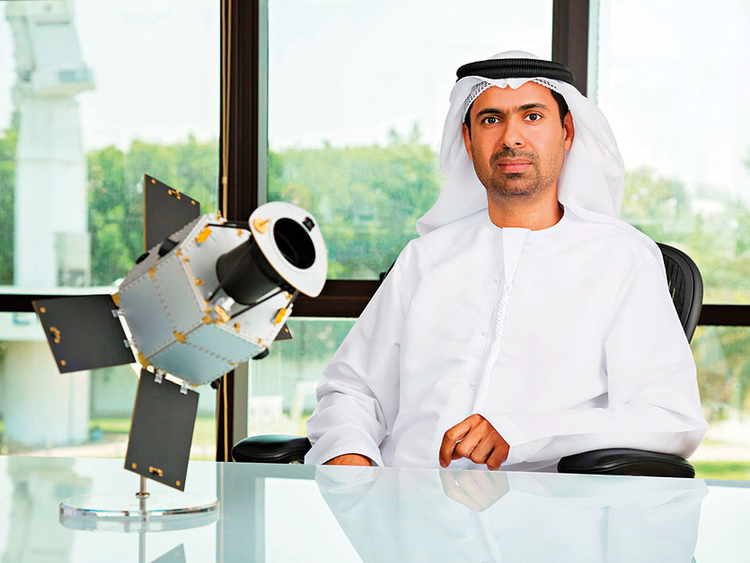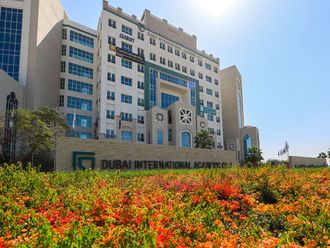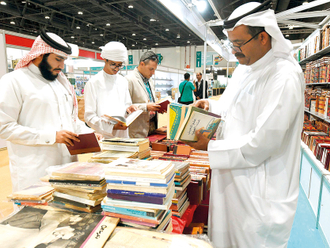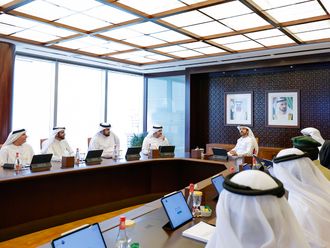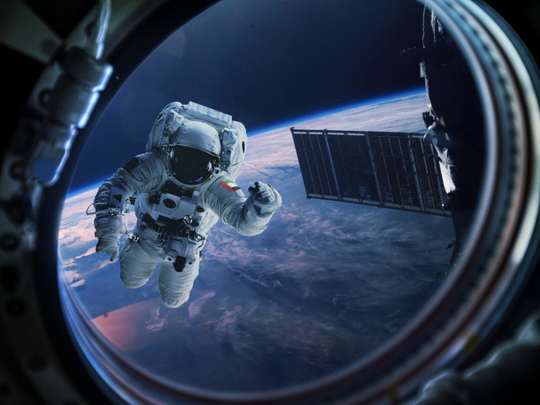
Dubai: It’s the hottest job for Emiratis at the moment and for good reason as they’ll be working in outer space. But what will it take to make the cut?
More than 1,000 Emiratis have applied to become the UAE’s first four astronauts within five days since the application process for the UAE Astronaut Programme was launched on December 6.
Yousuf Hamad Al Shaibani, Director-General of the Mohamammad Bin Rashid Space Centre (MBRSC), said the public’s reception of the programme is strong as expected. “It’s a very unique programme in this region so we expected a lot of interest. We expect more as well going forward. This is just the first week,” Al Shaibani told Gulf News.
Al Shaibani said any Emirati who is 18 years and above and has a university degree may apply for the job and become the country’s first ambassadors to space. Online applications will be accepted for two months.
A higher committee established at the MBR Space Centre and experts from other departments will form the board that will screen the applicants, details of which will be released soon.
Asked what characteristics would make for a perfect astronaut, Al Shaibani said being a team player is one.
“They have to be strong leaders but they also have to be very good followers. They have to be people you’d want to spend a long time with in a very small contained environment so they have to be likeable from that perspective,” Al Shaibaini said.
“They have to be able to make decisions under extreme stress and even in dangerous situations. We need a well-rounded individual with a lot of skills set,” he said, adding there is no age limit so long as the applicant is fit to work in space.
The most important characteristic, Al Shaibani said, is a passion for the mission.
“We’re looking at anybody from the society who believes in the mission. Sending humans to space is the pinnacle of what we’re doing now in the space industry. It’s a dream to have such a mission for a country like the UAE, for any country,” he said.
Between 2018 and 2019, applicants will be screened in two rounds of medical and psychometric exams and two rounds of interviews. Those who make the cut will undergo two rounds of astronaut trainings that will take roughly three years.
Salem Humaid Al Merri, Assistant Director-General for Scientific and Technical Affairs in the UAE and Programme Manager of UAE Astronaut Programme, said the programme provides Emirati youth with a unique opportunity to make significant contributions to the advancement of UAE’s space exploration and innovation industry.
The MBR space centre will choose one strategic partner from three agencies with astronaut programmes — Nasa in the US, Roscosmos Headquarters in Russia, or the European Space Agency.
All the trainings will be covered under the government budget since it is part of the UAE’s National Space Programme. Remuneration and benefits are still being decided.
“This is something that we’ve looked at strongly and we’ll do studies for the UAE but I think getting the chance to represent your country in space is payment enough,” Al Shaibani said
“I invite Emiratis to this very important mission as we make history for the UAE by sending astronauts to space and take our flag there. They’ll be conducting very important scientific experiments and that will showcase to the rest of the youth in the UAE and the region that if we really put our minds onto something, we can do it.”
How to apply: https://mbrsc.ae/astronauts/en/joinprogram
Timeline
- 2017: Start of Application Evaluation, Launch of Online Application
- 2018: 1st Round Medical and Psychometrics Test
- Start 1st Interview Round
- Intensive Medical and Psychometric Test
- Start 2nd Interview Round
- 2019: Selection of Astronaut Corp
Who may apply?
- Nationality: Emirati
- Minimum Age: 18+
- Language: Proficiency in Arabic and English
- Education: University Graduate (Bachelor’s or Higher)
Training: (Source: space.com)
Basic classroom training about the International Space Station and space flight generally. Other trainings include survival training, swimming tests and exposure to high and low atmospheric pressures, doing simulated spacewalks in a buoyancy laboratory, among others.


